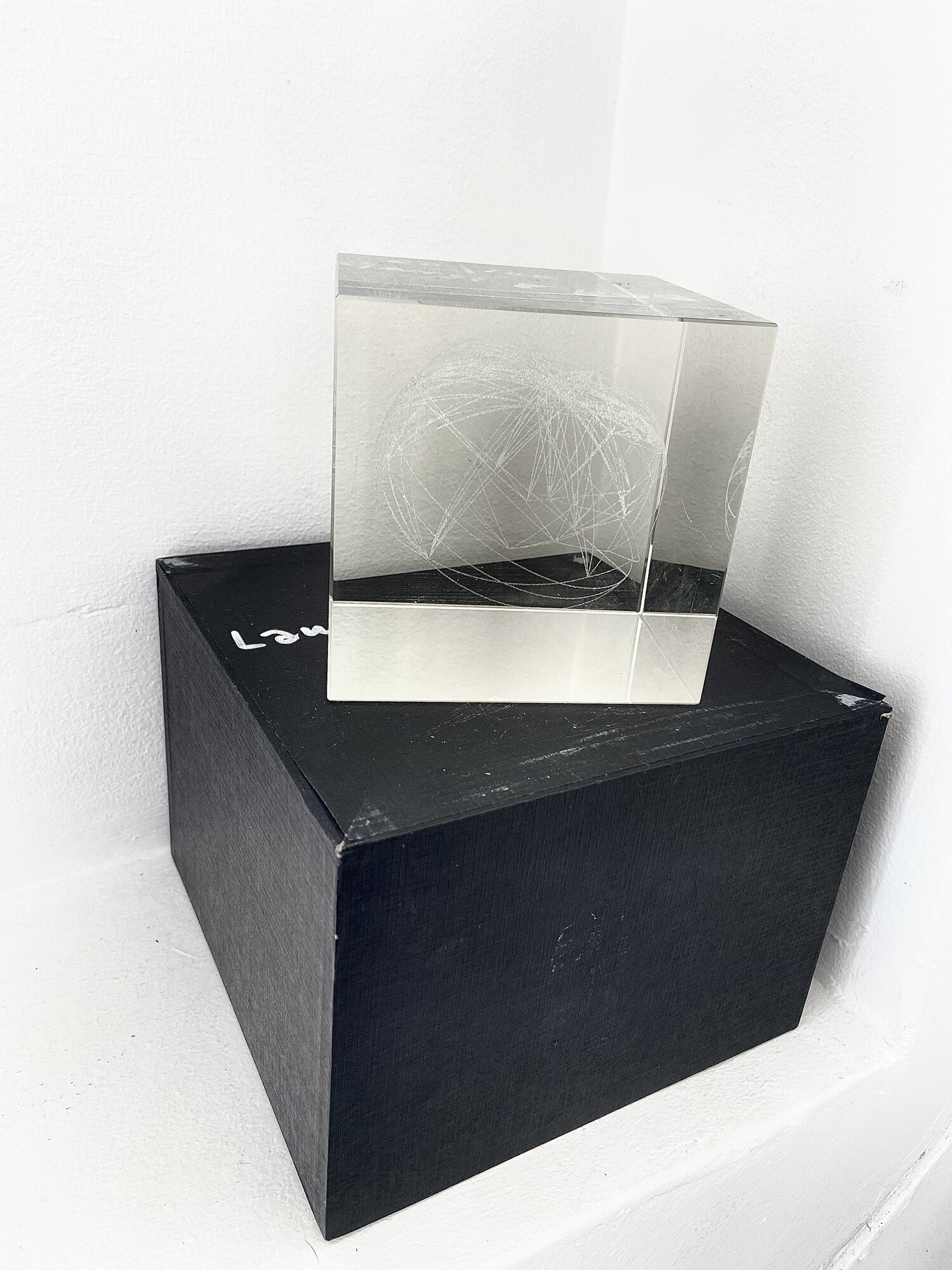
Langlands and Bell sculptures and wall pieces are based in architecture, the history of places and associated human activity. In their work the organic nature of human history and activity is distilled into refined interpretations of architectural ground-plans, made in three dimensions in black, white or monochrome.
Langlands and Bell.
Ben Langlands was born in London in 1955 and Nikki Bell, also in London, in 1959. They both studied fine art at Middlesex Polytechnic (1977-80), from which they graduated as Langlands and Bell.
Langlands and Bell sculptures and wall pieces are based in architecture, the history of places and associated human activity. In their work the organic nature of human history and activity is distilled into refined interpretations of architectural ground-plans, made in three dimensions in black, white or monochrome. Some pieces are made in diptych or triptych form and interpret the serial uses of a site, or combine a number of buildings to reflect the differing uses or activities associated with them. Churches, prisons, corporate headquarters, art galleries, museums - everywhere that man inhabits may become a possibility for making sculpture.
They distil and interpret only the essential components of their anthropological source material. In their second solo exhibition, Traces of Living at Interim Art, London, in 1986, tables and chairs made in the form of vitrines, topped with glass and contain a dead rat petrified to the point of being leather, old books and broken crockery approximated to a portrait of Whitechapel in the East End of London, where they live and work. These collections provide the point where imagination and speculation take over.
Langlands and Bell have had regular solo exhibitions in Britain and abroad throughout their career, and their work has been included in numerous mixed exhibitions. Their touring exhibition Langlands and Bell Works 1986-1996, first shown at the Serpentine Gallery, London, has travelled to Bielefield, Germany and Palermo, Sicily. In 1997, their work is included in Architecture as Metaphor at the Museum of Modern Art, New York, and in the central exhibition Future, Present, Past 1967-1997 at the 1997 Venice Biennale.
